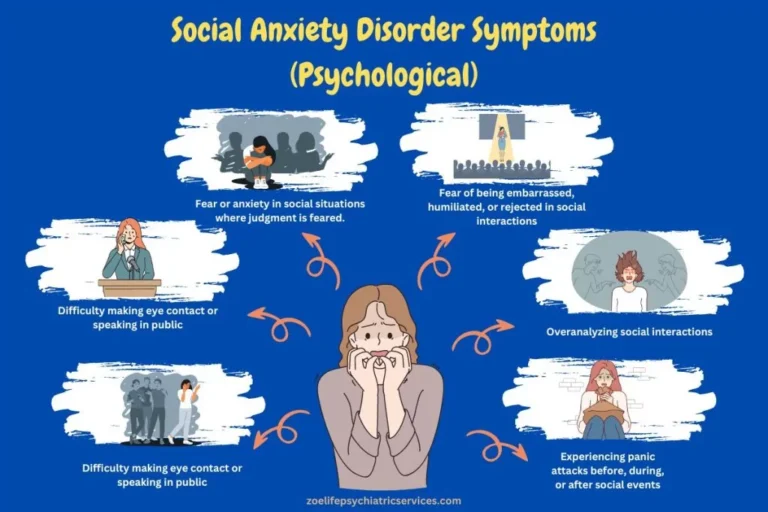Premature ejaculation (PE) is a difficult subject for many men, and there are several ways to help. Medical approaches sometimes use low-dose antidepressants because a known side effect is delaying ejaculation. Physical approaches build body awareness and control. Psychological approaches focus on attention, anxiety reduction, and learning the sexual arousal cycle without panic.
What most self-help books and even some therapy manuals assume, however, is a cooperating partner to practise with. That’s a problem when PE often begins in the teen years and can lead men to avoid dating and sex entirely. Many of the single men I see aren’t just working on ejaculatory control—they’re also carrying years of fear, avoidance, and shame around sexual situations. Some even meet criteria for social anxiety in sexual or dating contexts.
Why PE and Social Anxiety Often Travel Together
At the heart of social anxiety is the fear of embarrassment or humiliation. For men with PE, the feared event is “coming too soon,” followed by a partner’s negative judgment. Over time, worry triggers physical anxiety, which speeds arousal, which increases the chance of a quick climax—creating a loop of anticipatory anxiety → rapid arousal → more anxiety. Breaking that loop means treating both the sexual symptom and the anxiety that surrounds it.
A Two-Track Plan
1) Target the PE symptom
- Skills training. Gradual exposure, pacing, and non-goal-focused practice help you learn to notice early arousal cues and regulate them. For practical how-tos, see Overcoming Premature Ejaculation.
- Medication (when appropriate). Some SSRIs and topical anesthetics can help delay ejaculation. They’re not right for everyone, and side effects matter. Read more about options and trade-offs in Antidepressants & Ejaculation Problems, and speak with a clinician who knows your history.
2) Treat the social anxiety that keeps you stuck
- Cognitive behavioral therapy (CBT). Work on the thoughts (“I’ll be humiliated,” “I’ll be rejected”) and the behaviors (avoidance) that keep anxiety high. If in-person therapy isn’t accessible, structured digital programs can help you start—see Computerised CBT.
- Stepwise exposure. Build a ladder from easiest to hardest social/sexual steps (e.g., creating a dating profile → brief coffee date → discussing sexual worries with a trusted partner). Practise each step until your anxiety falls.
- Body-based calming. Simple breath work and grounding reduce the “fight-or-flight” surge that accelerates arousal. Even short daily practice helps during real encounters.
If You’re Single
You don’t have to wait for a partner to make progress. Use solo exercises to learn arousal pacing; rehearse difficult conversations out loud; and practise graded social steps unrelated to sex (small talk, short coffees, setting boundaries). That way, when intimacy arrives, you’re not tackling everything at once.
When to Get Extra Help
If anxiety, low mood, or relationship stress is heavy, consider working with a therapist who treats both sexual difficulties and anxiety. For a clear overview of social anxiety symptoms and evidence-based treatments, see the National Institute of Mental Health’s guide to Social Anxiety Disorder.
Bottom line: improving ejaculatory control is only half the story. Unlearning the fear and avoidance around sex—and rebuilding confidence step by step—turns knowledge into real-world change.
Further reading: Gillian Butler, Overcoming Social Anxiety and Shyness (CBT self-help).

